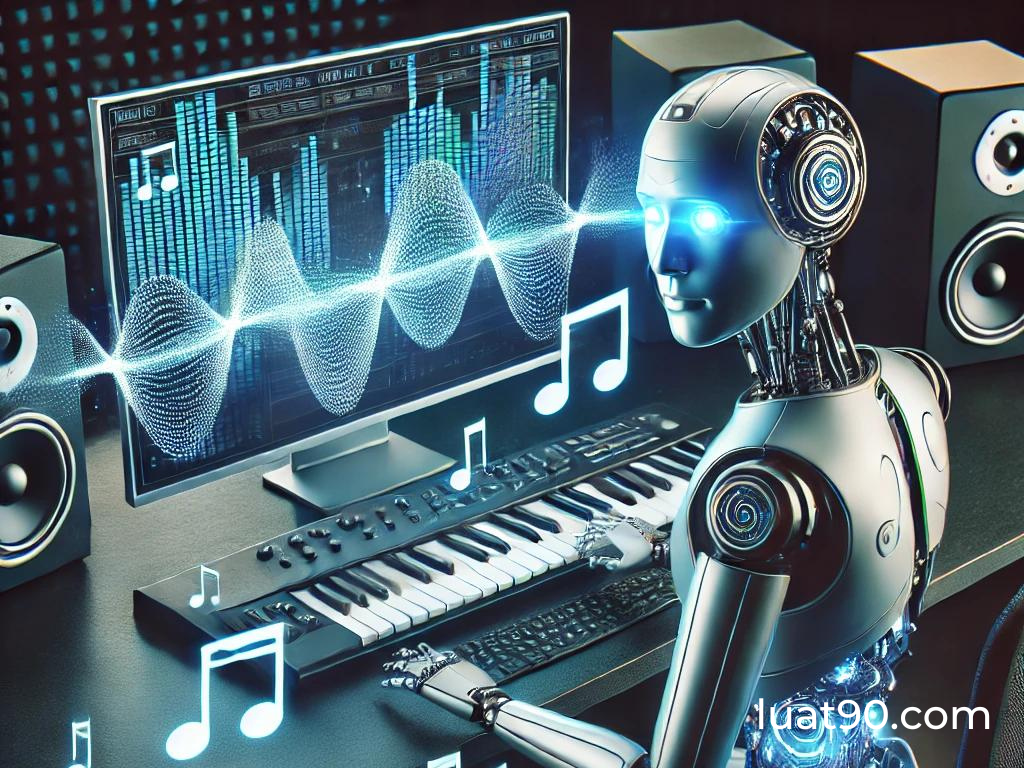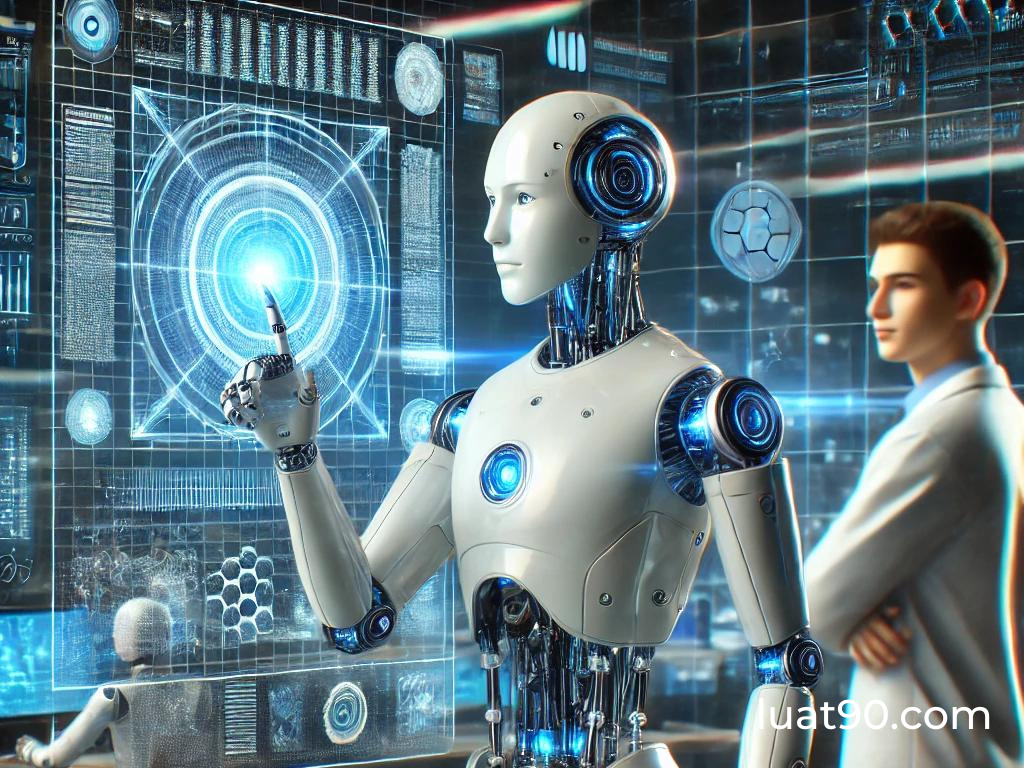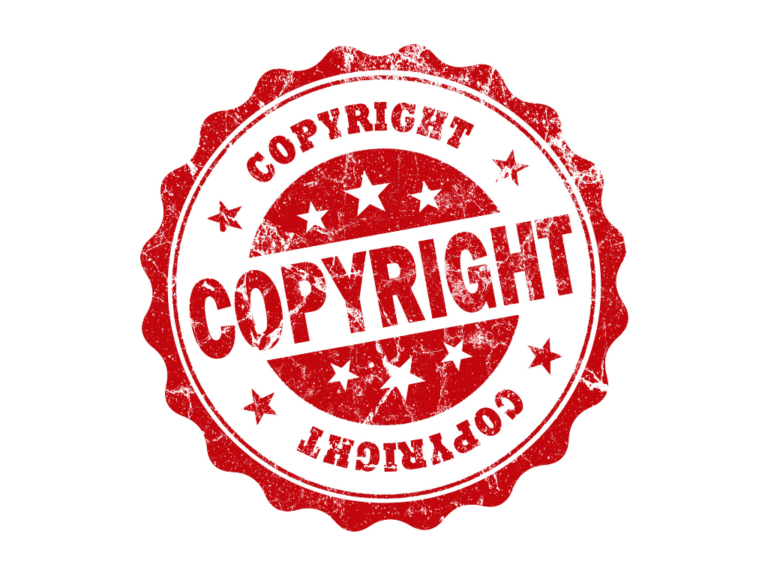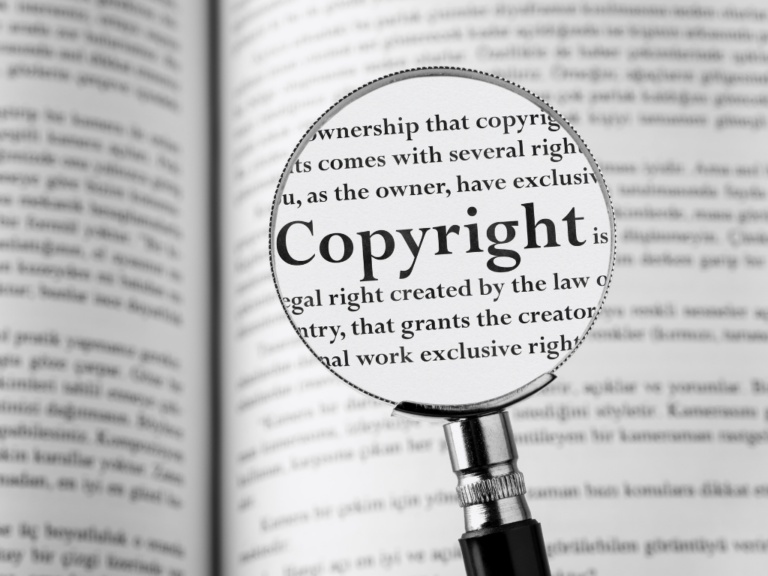Call us now:
Copyright for Works Created by Artificial Intelligence in Vietnam: How is it Regulated?

Introduction to Copyright for Works Created by Artificial Intelligence in Vietnam
Copyright protects human intellectual products in the form of literary, artistic, and scientific works. The emergence of artificial intelligence (AI) has significantly contributed to advancements in various industries. One of AI’s prominent applications is its ability to create works such as literature, music, painting, and other artistic fields. This development poses challenges to the legal system in protecting the copyright of works created by AI.
In this article, we will delve into the Vietnamese legal framework and the laws of several other countries and territories regarding two main legal issues:
- Do works created by AI meet the conditions for copyright protection?
- Who is the author and copyright owner of works created by AI?
Characteristics of AI-Created Works in Vietnam
1/ Originality
Based on machine learning technology, AI synthesizes input knowledge, typically from existing works and information available online, to “create” its works. These AI-generated works can be essays, photos, or music pieces, some of which are highly valued both spiritually and commercially. Here are some notable examples of AI-created works:
- Painting “Portrait of Edmond de Belamy”: Created in 2018 by an AI algorithm developed by the Obvious Art Collective, this painting was auctioned at Christie’s for $432,500, far exceeding initial estimates. The work was created using the GAN (Generative Adversarial Network) algorithm and was highly praised for its creativity and uniqueness.
- Song “Daddy’s Car”: Composed entirely by AI from Sony CSL Research Laboratory, this song was created after the AI learned from thousands of famous songs and produced a new piece in the style of The Beatles. The song received many accolades for its melody and creativity.
- Novel “1 the Road”: This novel was inspired by Jack Kerouac’s “On the Road” and written by an AI programmed to emulate Kerouac’s free and spontaneous writing style. Although not considered a literary masterpiece, “1 the Road” attracted attention and sparked discussions about AI’s creative capabilities in literature.
These examples demonstrate AI’s growing creativity in producing literary, artistic, and scientific works. However, these AI-created works are based on existing human-created data and information, raising debates about the originality of AI-created works and concerns about potential copyright infringements of human-created works.
2/ Expression Forms
Currently, AI-created works are diverse in type and form. AI can create works in painting, music, literature, and architecture, utilizing various artistic styles. AI-generated works can be expressed in writing, images, colors, sounds, or a combination of these elements.

Vietnamese Law on Copyright for Works Created by Artificial Intelligence
According to Clause 2, Article 4 of the 2005 Intellectual Property Law, amended and supplemented in 2009, 2019, and 2022 (hereinafter referred to as the “Intellectual Property Law”), copyright is the right of organizations and individuals to the works they create or own. Thus, based on the concept of copyright defined in the Intellectual Property Law, the law only protects the copyright of two groups of subjects: (i) authors who have copyright over the works they create and (ii) owners who have copyright over the works they own. Both groups must be natural persons. Therefore, the current Intellectual Property Law of Vietnam does not protect the copyright of works created by AI because AI is a type of technology created by humans and not a natural person as defined by copyright law. Since AI is created by humans, AI does not have absolute independence from humans and still depends on human operation. AI operates based on the existing knowledge of humanity and algorithms invented by humans, so it can be considered a supporting tool rather than a separate subject.
Furthermore, according to Clause 3, Article 14 of the Intellectual Property Law, a work protected by copyright must be directly created by the author’s intellectual labor without copying from others’ works. As mentioned earlier, the independence of AI in creating works is still highly debated, as AI’s input includes knowledge, works, and information created by humans, including the intellectual property rights of various organizations and individuals in society. Therefore, AI is often seen as a copy or a synthesis of existing works rather than an original work with a distinct imprint of its creator.
Thus, it can be seen that the current Vietnamese Intellectual Property Law does not protect the copyright of works created by AI.
Recommendations for Copyright for AI-Created Works in Vietnam
Since the current Vietnamese Intellectual Property Law does not provide for the protection of copyright for works created by AI, the incomplete legal framework presents a significant obstacle to the application and development of artificial intelligence in Vietnam. To improve the law on this issue, we have several recommendations as follows:
Firstly, criteria should be established for AI-created works to be eligible for copyright protection, as this is a future development trend. With the strong development of science and technology, the level of creativity of AI will gradually increase, and at a certain stage, AI-created works will have significant originality and creativity compared to the input data that AI receives. Additionally, entities that have invested in AI development should receive corresponding protection to exploit the works and prevent copyright infringements on these works. However, the criteria for protecting AI-created works need to have distinct characteristics and significant differences from the criteria for protecting traditional works. Clearly, AI-created works are not the same as conventional works because their “creator” is not a human, and therefore, different criteria are needed to evaluate their eligibility for protection. Therefore, to be eligible for copyright protection, AI-created works must meet the following criteria:
- The use of others’ intellectual property in the process of AI creating the work has been permitted by the intellectual property owner;
- In addition to using others’ intellectual property, AI technology and its developers have contributed new ideas to create a unique imprint of the creative entity.
- AI-created works must be expressed in a certain form (similar to the protection conditions for conventional works).
Secondly, legal regulations need to be developed to determine the copyright owner of AI-created works. Since AI cannot operate independently from human control, AI cannot be identified as the author. Moreover, entities involved in the process of AI creating works usually include the entity that develops the AI system and the entity that directly uses the AI system to create works. We propose that the copyright owner of AI-created works should be determined based on the agreement between these entities.
Thirdly, specific legal regulations are needed to resolve disputes related to AI-created works. If the scope of copyright protection is extended to these works, it will undoubtedly increase related disputes. Additionally, resolving disputes related to AI-created works will be more challenging and complex than usual because of the involvement of machines, which are not human entities. Therefore, having an effective dispute resolution mechanism for such disputes is essential.
___________________________________________
DCNH LAW
Address: 38B Tran Nhat Duat, Phuoc Hoa ward, Nha Trang city, Khanh Hoa province.
Phone: (+84) 343320223 – 974278893
Email: dcnh.law@gmail.com




